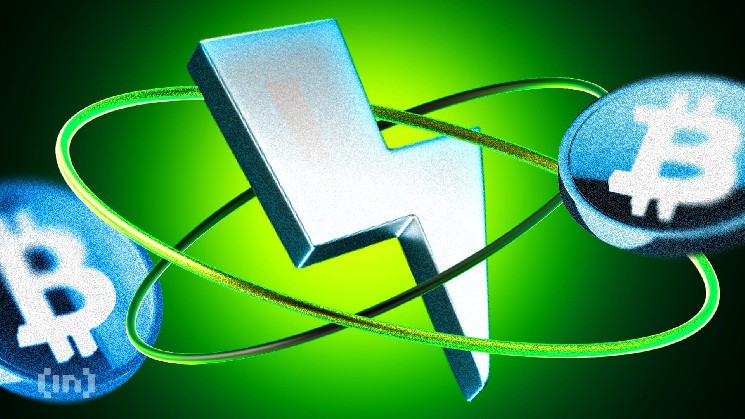As Bitcoin adoption rises, companies and establishments maintain Bitcoin as a strategic reserve asset, diving deep into infrastructure just like the Lightning Community to realize competitiveness.
Lightning Community is a Layer 2 scaling answer for Bitcoin. Designed to take care of sluggish transaction speeds and excessive charges within the Base Bitcoin community. Giant firms similar to Amazon and Google have emerged as main operators inside this community.
Amazon and Google function 45% of Lightning nodes
Based on Mempool House knowledge, roughly 45% of Bitcoin's Lightning Community nodes are presently operating on Amazon Net Providers (AWS) and Google Cloud. This displays the rising function of tech giants in supporting blockchain infrastructure.

Prime 100 ISPs internet hosting LN nodes. Supply: Mempool
Amazon alone is chargeable for virtually 30% of all lightning nodes. This stage of involvement has led many traders to consider that Amazon can shortly make Bitcoin funds attainable on its world e-commerce platform.
“It's additionally attention-grabbing to see that Amazon is likely one of the greatest Lightning node operators. Lightning bolt funds on Amazon sooner or later,” commented the investor Bitcoin Nurse.
Not like an entire Bitcoin node, a Lightning node is server software program that performs particular duties. Open and handle lightning cost channels, root transactions over the Lightning community, chain off-chain transactions, and stability updates.
To make it clear: If a bitcoin node acts because the spine of the community and ensures that it follows all the foundations, lightning is like muscle tissues and nerves. This permits for quick, low value and versatile funds over personal channels.
Lightning funds supply speeds and low costs and have gotten more and more fashionable. The variety of lightning nodes has elevated from under 3,000 in 2019 to over 16,000 in 2025. This answer paves the best way for firms to recruit. Corporations like Tether, Uber, Revolut, Nubank and Steak'N Shake are exploring lightning funds, as are international locations like El Salvador, which have accepted Bitcoin.
Jamie Coutts, CMT for RealVision and chief analyst at Crypto, reported that blockchain transaction charges have fallen 50% from the top of final yr. This decline may encourage companies and governments to maneuver in direction of future funds on the chain.
“Whereas blockchain charges have dropped by 50% from their fourth quarter peak, the historic liquidity cycle means that on-chain exercise is ready to blow up. Decrease transaction stress prices per complete payment, offset by a surge in quantity.
Moreover, the US Senate handed the Genius Act on June 17, 2025. The legislation may speed up stubcoin development to $3.7 trillion by the top of the last decade. When that occurs, on-chain exercise can rise considerably, as analysts predict.


